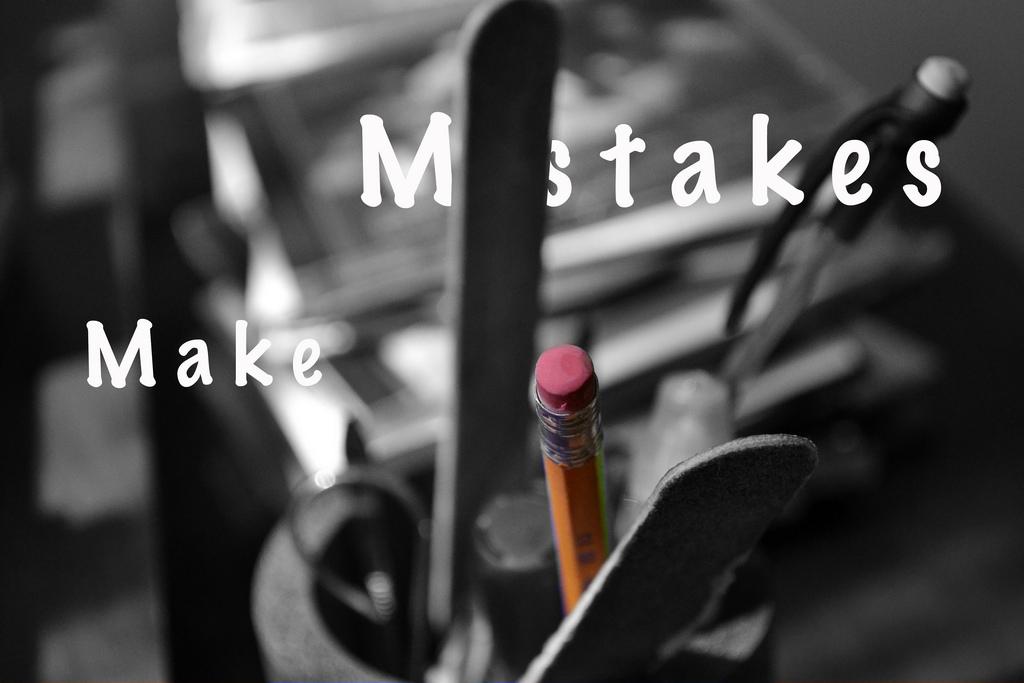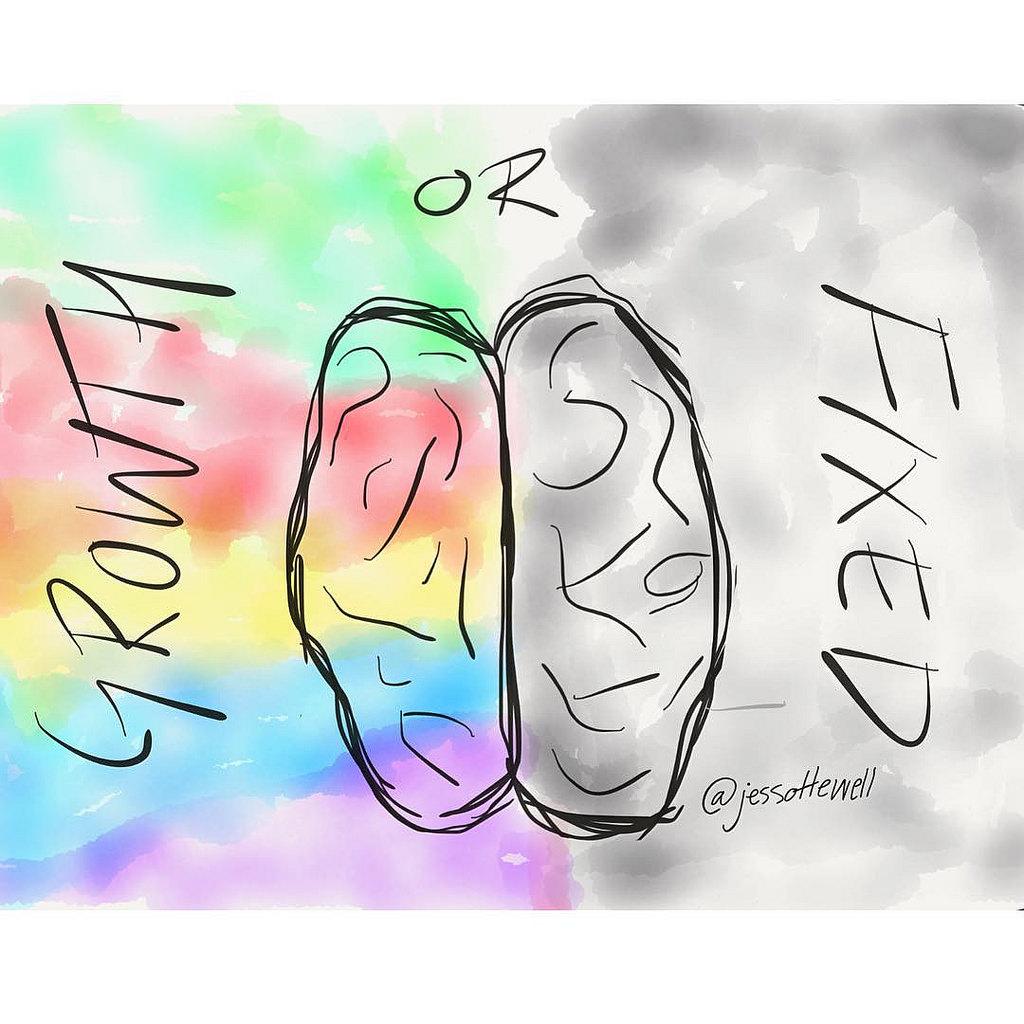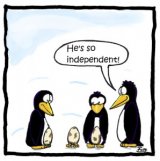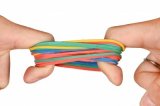Navigating Students Fear of Mistakes

Some students struggle to even attempt questions because they think they only ‘might’ know how to answer the question, however because they are not 100% sure they just leave the question out. Other students who feel they only know how to tackle the first part of the question often to choose to again leave it out, particularly the longer wordy questions. You hear the mutterings around the classroom when handing test back of ‘oh, I thought it was that’ or ‘I crossed out the right answer’.
Recently I’ve placed a big focus on praising effort rather than attainment, to try and help tackle this. I’m still testing and tracking students, but I’ve be praising students differently and monitoring what I say careful. Through modelling, team work and positive praise for effort on a task I’ve seen a noticeable difference in the students I teach and their attainment.
I’ve noticed that the students from my class are now imparting the strategies we use to help their friends, without evening noticing they are doing it. When they are practising mathematics in different groups, I hear them say ‘just try’, ‘you never know you might be right’ and ‘it’s like a ladder, come on you can get on the first step’. Their words are quotes of mine and it is lovely to see the support network and positive use of words rippling out amongst their friends. This is really helping to build a larger positive maths culture and community. (Read more about the ripple effect here)
I’m planning to blog and present my findings at ResearchED in July about this, once I’ve completed the action research I have been carrying out which is showing positive results for context of my students. Although I do want to share 3 key principles I have found are helping my students become more resilient and willing to try in the run up to their exams:
1) Safe Environment for Learning
As noted above students can often fear making mistakes or appearing clever in front of their mates. It is important to create an environment in which students have no consequences to trying. Effort is one of the most important factors on the way to learning. Students need to feel safe enough to try. There are many ways in which you can help create a safe learning environment for students.
- Set the ground rules, make it clear you expect all students to try and to also support each other from day one. Make it clear that those who may laugh or tease others for answering or making mistakes will be held to account for their actions and there will be consequences. Run team building activities and group work tasks related to your subject to help build student support networks within your classroom. Make sure you tackle name calling head on praise those students who are supporting their peers.
- Run a C3B4 UCM system or Book, Buddy, Brain, Boss. Promote students use the support structures in the room, materials, their friends and yourself in support to trying. However be careful they don’t just see your help as an easy way out. Hence the need to speak to other people and use the resources around them before seeing yourself as the teacher for guidance.
- It is important to also be able to share ‘task’ vulnerability. What I mean by this is if a student asks a question you don’t know the answer to be honest with the students and even open it up to the class to see if anybody has an answer to the question. My answer is often, ‘I don’t know the answer to that question right now. Why don’t we both do our own research and we can share and compare what we have found out next lesson?’
2) Mistakes Pave the Way to Success
Mistakes are a portal to discovery and it is important our students understand that making mistakes is a natural part of any journey towards understanding.
No Matter how many mistakes you make or how slow you progress, you are still way ahead of everyone who isn’t trying.
I’ve seen students as again noted above that won’t even tackle a question because of their fear of making a mistake. One of the first things I do is try and provide an opportunity to work through problems on either whiteboards, scrap paper or the back of their books to begin with. Some students really don’t want to make mistakes and mess up their books, so by giving them the opportunity to make low stakes mistakes which they can easily rub out is important. I rather like the fact that primary schools often make students complete maths in pencil. However, it is important students understand the journey of success and you model mistakes and how to overcome them within your practise. Spot the mistake and tick or trash activities are great for this type of confidence building as students are able to critique and correct fictional work and learn from their mistakes.
3) Change your Words

It is important to think carefully about what we praise in a classroom and the words that we use. I’ve been trying to praise effort rather than attainment. This is a lot to do with the language of growth and fixed mind-sets. A student may have answered a question completely wrong or only gained minimal marks but for some students this is a giant leap forward because they tried the question. Therefore I focus my feedback initially on their effort.
To help develop this I sometimes put diagrams, shapes or mathematical sentences on the board. I then ask students to work out all the things they can about the shape or mathematical sentences. Later I will then reveal the question. Often students have at least a partial answer to the original question. The aim though is to make the students realise they may not understand what the question is asking of them but often they are able to try and can attempt to start a question.
Tags: Feedback, AFL, Whole School , Independent Learning, Growth Mindset,, Learning environment,
Comments
- No comments found







Leave your comments
Login to post a comment
Post comment as a guest